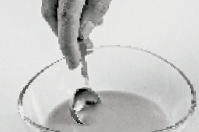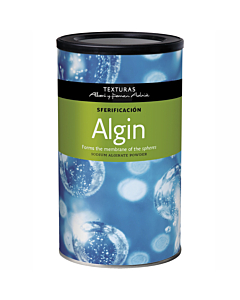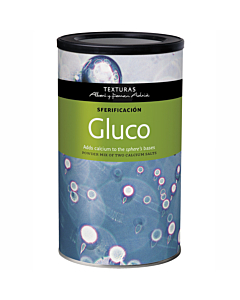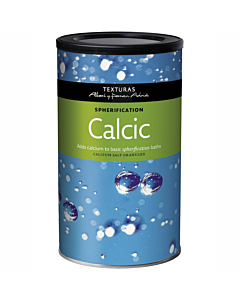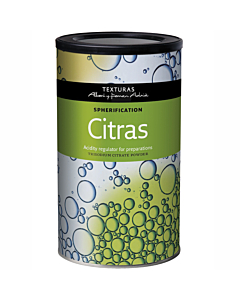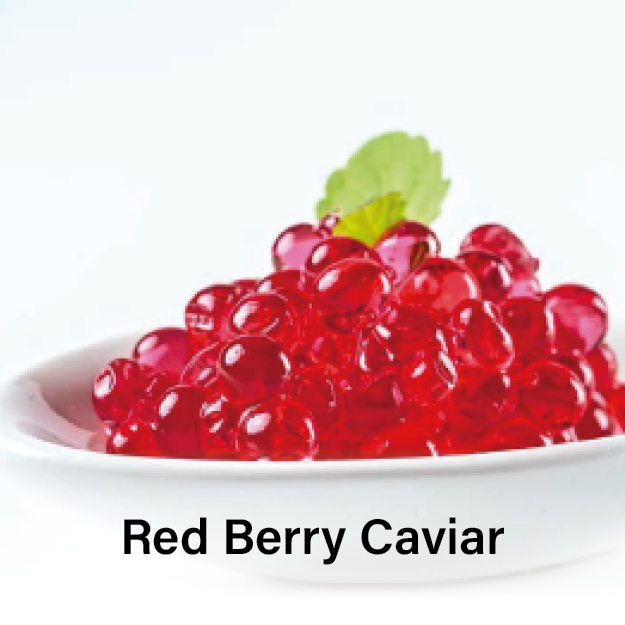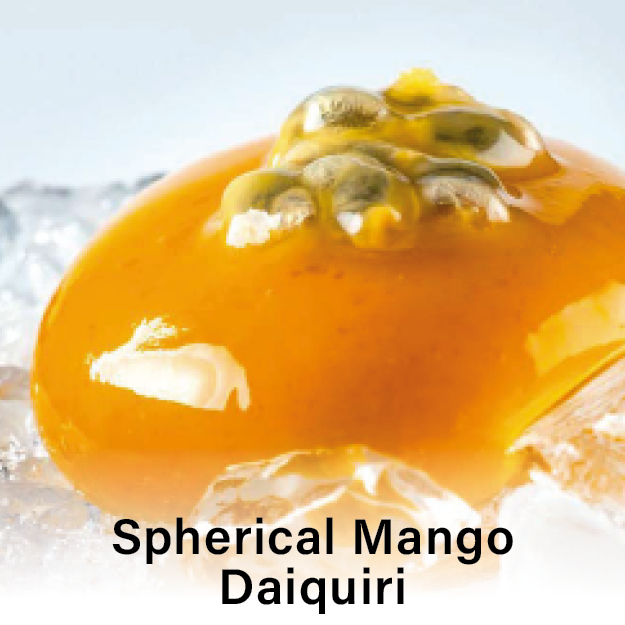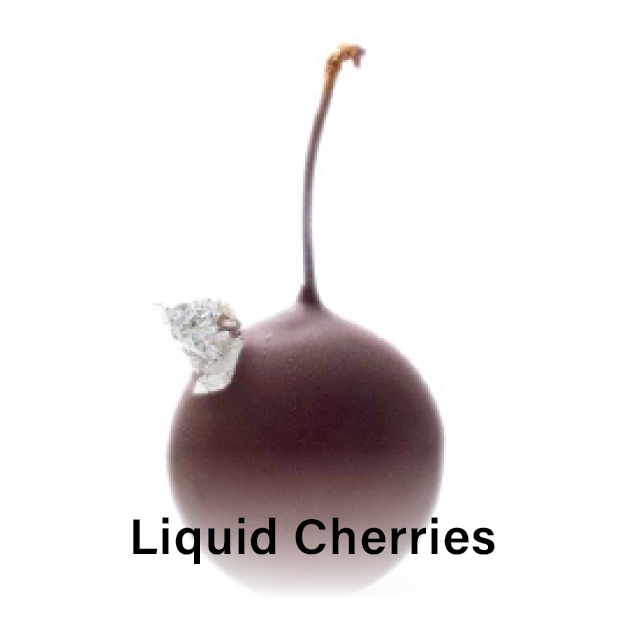Spherification


What is Spherification?
Spherification is an innovative culinary technique which produces spherical shapes of different textures and consistencies. This technique was first introduced in 2003 by pioneering chef Ferran Adria and has gained popularity since.
The process of spherification relies on two basic ingredients: Algin and either Gluco or Calcic. When combined, these two ingredients interact in a way that causes liquid to form a thin, gel-like membrane around the outside while the inside remains liquid.
Spherification has opened up new possibilities in modern cuisine, allowing chefs to play with flavours, textures in ways that were previously unimaginable. The technique has been used to create everything from faux caviar and fruit spheres to more complex dishes such as gnocchi and ravioli.
Ways to use Spherification:
Have you ever wondered how the boba balls in bubble tea are created? The answer is Spherification!
The most widely recognised and mass-produced example of spherification is the creation of boba balls. While traditional boba is made from tapioca starch, the spherification process has allowed for more creative variations of boba using different fruit juices, flavoured syrups and other liquids.
You can turn any pureed or liquid food into a sphere!
The spherification technique can produce spheres of various sizes, such as caviar, eggs, gnocchi or ravioli that are flexible and can contain solid elements to combine flavours. Take a look at our recipe inspiration below for more ways to use spherification in your dishes!
Depending on flavour combinations and the type of spherification you may need to add additional ingredients e.g. for basic spherification add citras to adjust the acidity and reverse spherification use Xanthan to thicken.


Types of Spherification
Basic Spherification
Basic spherification allows you to obtain ravioli and other spherical creations with a delicate thin membrane for a magical palate sensation.
Its preparation requires a more immediate execution since the gelifcation process does not stop when the spheres are immersed in the Gluco bath, eventually turning these into compact beads. It cannot be used with products that naturally contain calcium, as these start gelling upon the slightest contact with Algin.


Step 2: Drip some droplets into
the basic spherification bath.
Allow these to "cook" for 1
minute and then retrieve
with the slotted spoon.
Reverse Sphericiation
Reverse Spherification is highly versatile and allows almost any product to be spherified. It is particularly suitable for products with high calcium or alcohol content (if there is natural calcium there is no need to add Gluco). If stored correctly, the spheres have excellent and long-lasting stability.
This spherifiation technique allows some control over the firmness of the spheres, as gelifcation occurs on the surface. The firmness of the sphere depends on the time it is left in the Algin bath. For low-density liquids add Xanthan and blend until thickened. For malleable spheres, add Gelly to gelify.
Reverse Spherification Bath:
- 1L Water
- 5 Doses of Algin
- Hydrate the Algin in 500g of water with a hand-held electric blender.
- Once the mixture is completely homogeneous, add the remaining water and blend.
- Leave to stand for about eight hours.
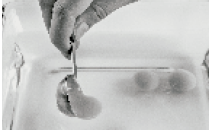

Step 2: Create the spheres
by dropping a spoonful of
base mix into the bath
solution. Leave in for
1 minute.
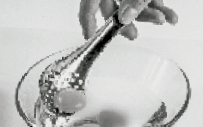

Step 3: Retrieve the sphere from
the bath and rinse with mineral
water. Reverse the sphere in
whichever liquid you wish
(oil, syrup, etc.).
Recipes
Spherical Pesto Ravioli
Algin Bath
- 1500g mineral water
- 7.5g Algin
- Dissolve the Algin in the water with electric hand blender
- Leave to rest in the fridge
Blanched Basil
- 100g Fresh Basil
- Boil water in a saucepan
- Plunge the basil leaves for 10 seconds.
- Cool in water with ice and keep
Basil Water
- 50g Blanched Basil
- 150g Water
- Blend the basil and water together in a blender for approx. 3 minutes until well mixed.
- Strain the basil without pressing, do not throw the water away and keep the paste in the sieve.
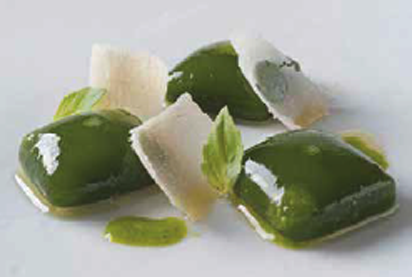

Pesto Mixture
- 100g Basil Water
- 8g Garlic
- 18g Granted Parmesan
- 7g Pine Nut Paste
- 15g Oil of Pine Nuts
- 5g Basil Paste
- C.s. Salt
- 5g Gluco
- 6g powdered gelatine
- Mix all ingredients together except the powdered gelatine and shred for approx. 3 minutes until evenly mixed, add to a saucepan.
- Add the powdered gelatine and heat to 50°C to allow the gelatine to dissolve. Leave to gel in a container for 4 hours.
- Cut the desired shape and plunge in the Algin Bath for 1 minute, then leave in water.
- Once ready to serve, heat in water at 60°C for the interior to dissolve.


